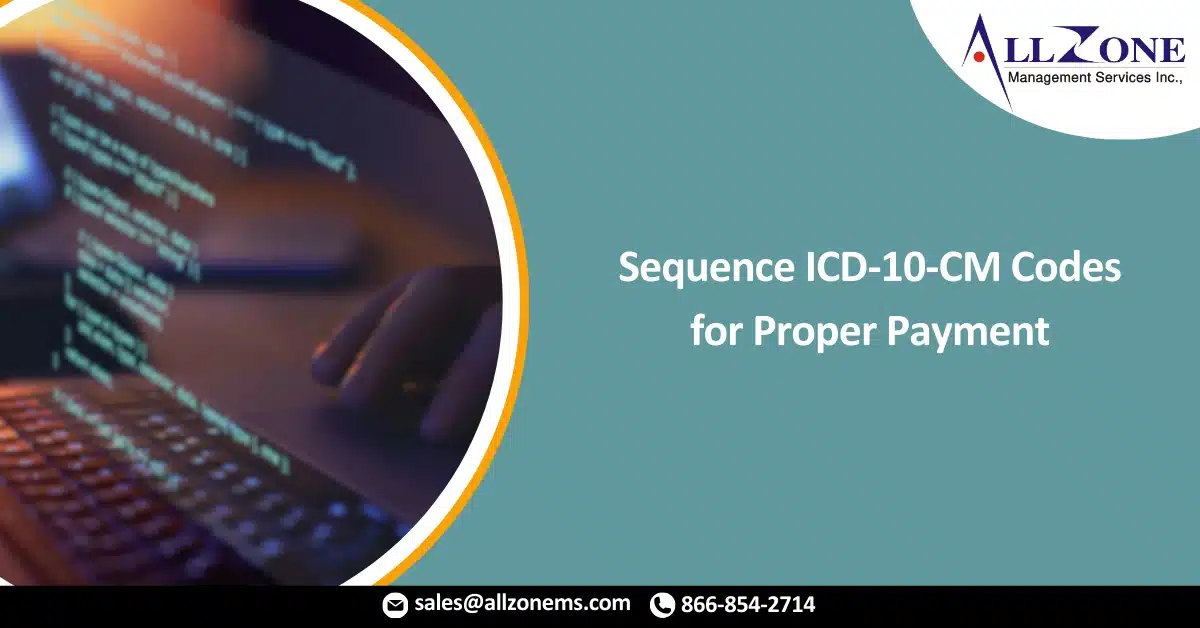Accurate diagnosis coding is crucial for medical billing, as it narrates the patient’s healthcare journey. Patients often present with multiple conditions, requiring coders to select and sequence the most specific codes. This sequencing, or code arrangement, is vital for correct billing.
This discussion highlights five key terms from the ICD-10-CM Official Guidelines for Coding and Reporting that guide the identification and sequencing of diagnosis codes:
In Diseases Classified Elsewhere:
-
- This term indicates that a code describing a manifestation should be sequenced after the underlying etiology.
- The primary reason for the patient’s visit (first-listed diagnosis) often dictates the sequence.
- Example 1: Stomach cancer with dermatomyositis:
- (Stomach cancer) is coded first.
- (Dermatomyositis in neoplastic disease) follows, as instructed by the “Code first” note.
- Example 2: Parkinson’s Disease with dementia:
- (Parkinson’s Disease) is coded first.
- (Dementia in other diseases classified elsewhere) follows, as instructed by the “Code first” note.
Sequela (Late Effects):
-
- Sequelae are conditions resulting from a previous illness or injury.
- Coding requires two codes, with sequencing dictated by the Official Guidelines.
- Example: Keloid scar from a burn:
- (Keloid scar)
- (Burn sequela)
Use Additional Code:
-
- This instruction indicates that a second code is needed to provide more detail about the patient’s condition.
- The underlying condition is coded first.
- Example: Type 2 diabetes with chronic kidney disease:
- (Type 2 diabetes with chronic kidney disease)
- (Chronic kidney disease, stage 3) is added, as instructed by the “Use additional code” note.
Code Also:
-
- This instruction signifies that two codes may be necessary, but it does not specify the sequence.
- The encounter’s circumstances determine the order.
- Example 1: HIV with pulmonary hypertension:
- (HIV)
- (Pulmonary hypertension)
- Example 2: Conn’s syndrome with adrenal adenoma:
- (Adrenal adenoma)
- (Conn’s syndrome)
- The order depends on the reason for the encounter.
Brackets:
-
- Brackets in the Alphabetic Index indicate that the enclosed code is always sequenced second.
- In the Tabular List, brackets enclose synonyms or explanatory phrases.
- Example: Exanthema with meningitis:
- (Enteroviral exanthematous fever)
- (Meningitis in other infectious diseases) is sequenced second.

